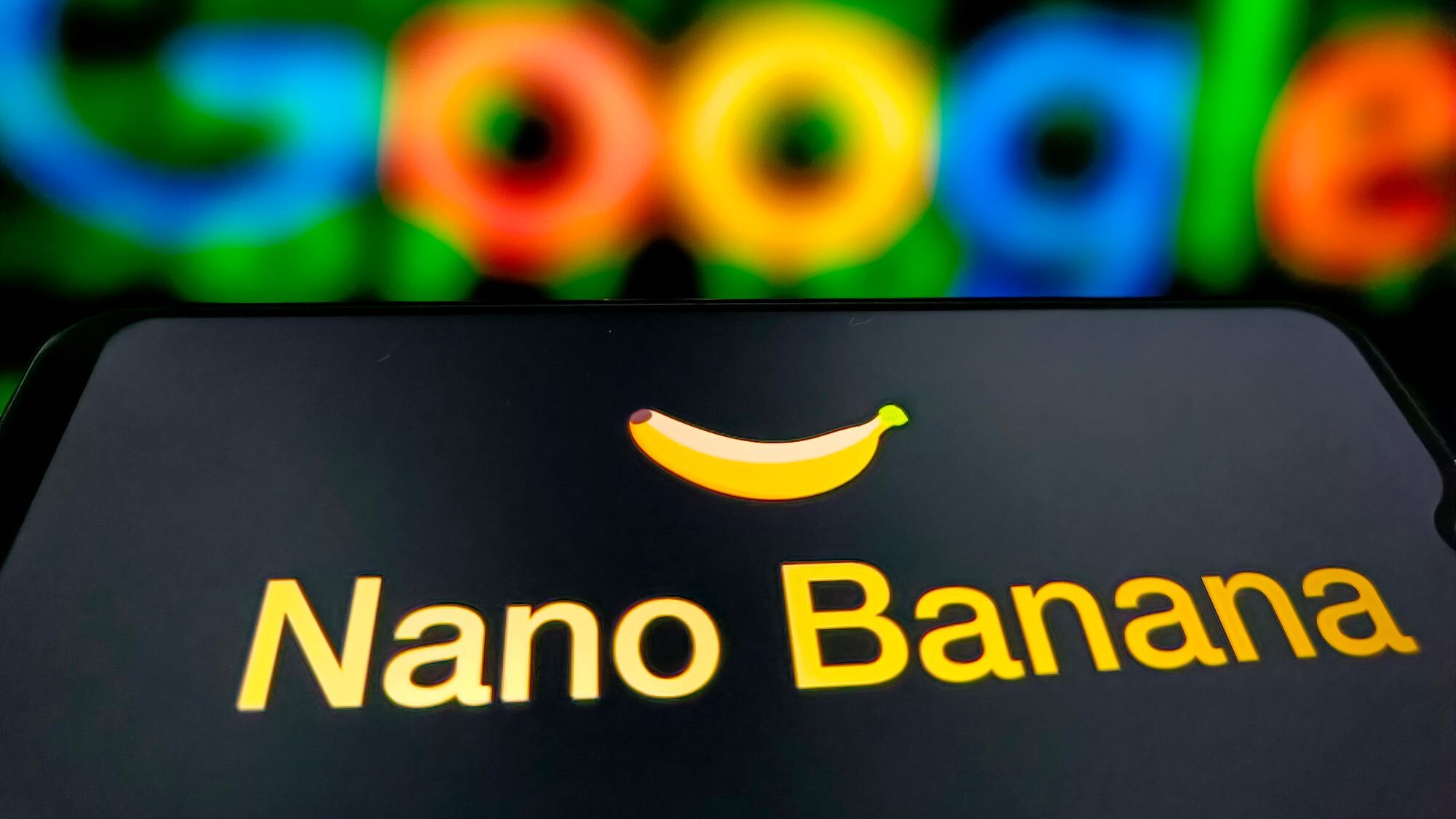The PS5's small SSD isn't a problem yet — and that's impressive
PS5 offers 825GB of storage, which is more than you’d think
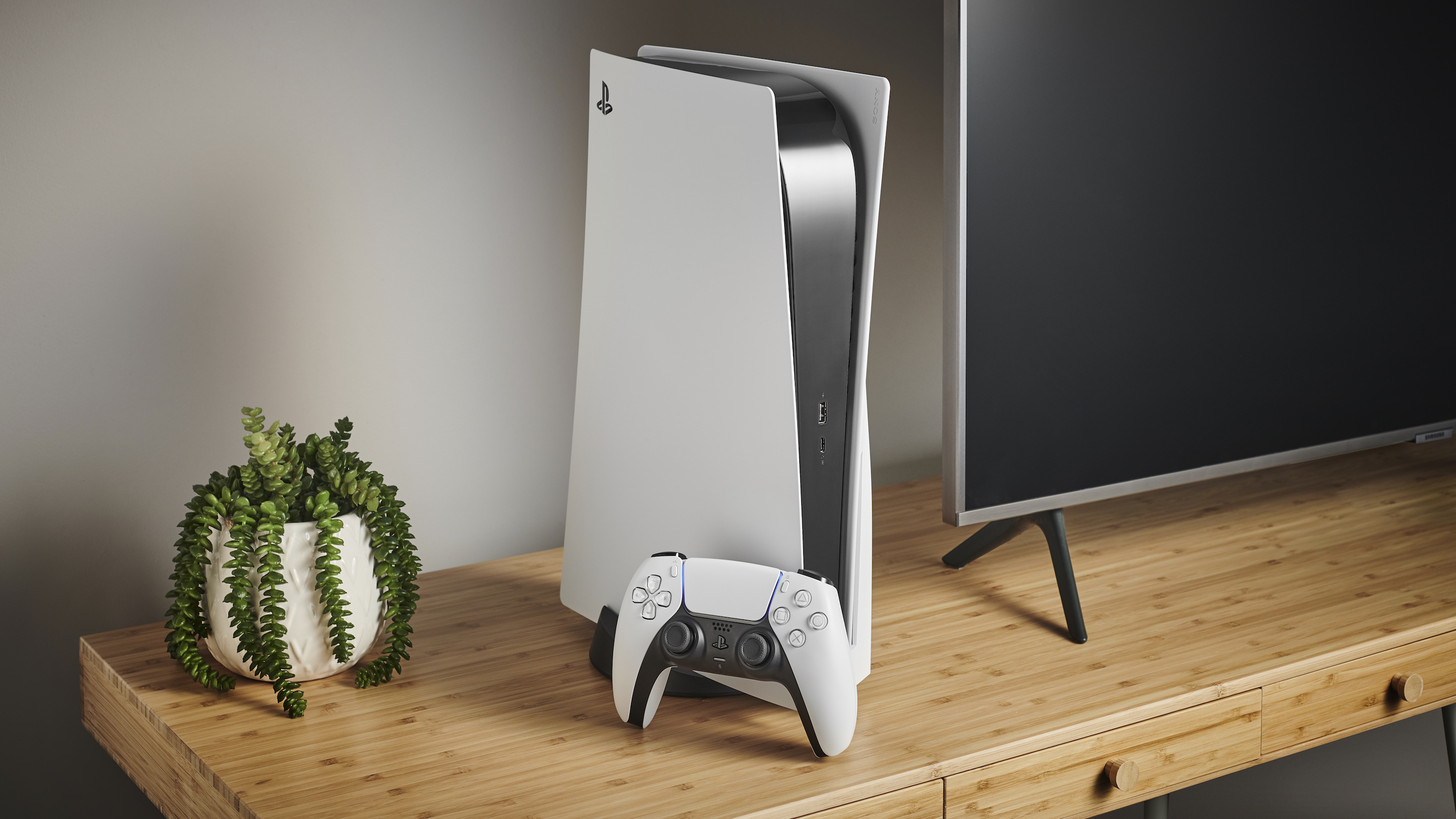
When the PS5 was unveiled last summer, alarm bells started ringing when it was announced that the base console would include just 825GB of internal storage space.
When you consider that this translates to a mere 667GB of usable memory — after the OS and vital systems have taken their portion — and that it’s not uncommon for major games to require an install of more than 100GB, a hard drive of this size really seemed unlikely to cut it.
- The best PS5 external hard drives in 2021
- PS5 restock update: Track today on Twitter, Walmart, Target and more
- Plus: Ratchet & Clank: Rift Apart is getting a 60 fps ray-tracing mode at launch
My concerns were compounded by the hard drive headaches I experienced with my 1TB PS4 Pro. I regularly faced difficult decisions about which games to delete off my system in order to make room for a new release. The fact the PS5 was going to have an even smaller drive out of the box had me frustrated before I’d even got the console under my television.
Yet for all my pre-release worries, I’ve had a remarkable smooth experience with the PS5 in terms of its hard drive size in my six months of ownership. This week was the first time since launch that I tried to install a game and was told “hard drive full” and even then freeing up some space was a super simple process.
Thanks to the PS5’s super-speedy SSD and the smart tricks it allows game developers to pull, I’ve barely noticed that the PS5, at least on paper, has a pretty small hard drive by modern standards.
Compression to the rescue
Our first insight into the PS5 came from a deep dive presentation given by Sony’s Mark Cerny in March 2020. During this relatively dry showcase of the console’s architect, Cerny explained the tech behind the next-gen PlayStation, expanding on its key features.
He spoke at great length about what a giant leap forward the inclusion of an SSD drive would be compared to an HDD drive, which was the standard on PS4. Cerny explained how the increased read speed would mean developers wouldn’t have to employ previously necessary programming tricks like duplicating assets and intentionally halting the player’s progress to allow objects to load in the background.
Get instant access to breaking news, the hottest reviews, great deals and helpful tips.
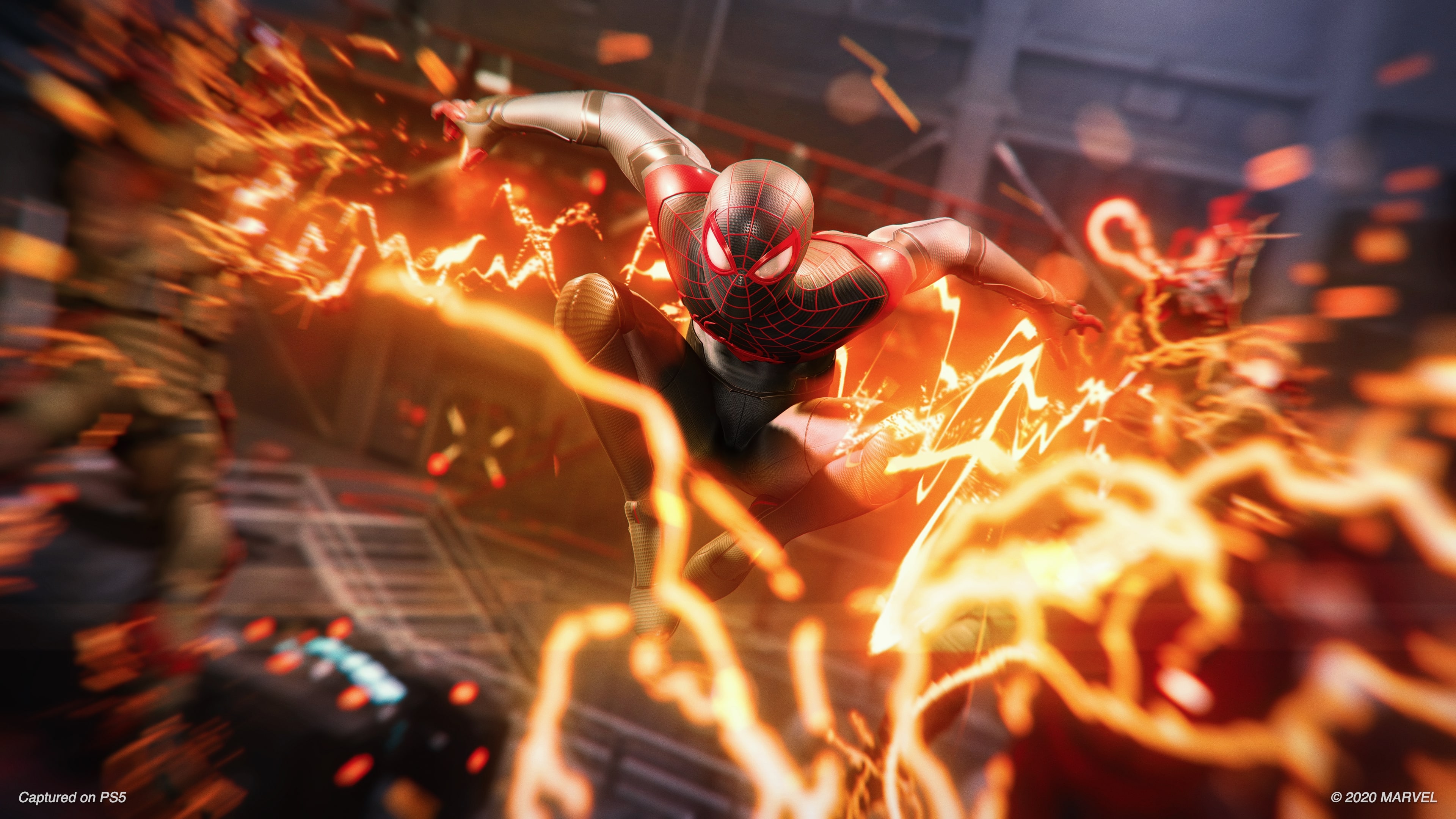
It’s certainly been great being able to jump into a game like Spider-Man: Miles Morales with essentially zero loading screens, but the SSD has also allowed developers to seriously compress the file size footprint of their games.
Control: Ultimate Edition is a great example of this. On Xbox Series X (which does use an SSD drive, but a slower one than PS5) the game is 42GB in size; on PS5 it’s just 25GB. Underwater survival game Subnautica weighs in at 15GB on the PS4; on the PS5 it’s a tiny 5GB. These are just two examples among dozens.
In fact, our sister site Tom’s Hardware, reports that file sizes on the PS5 are regularly around 60% smaller thanks to this compression technology. Sony has given this tech the name “Kraken” internally, which seems rather fitting for a feature that is so powerful.
Giving developers the power to massively shrink the file size of their games has helped make up for the PS5’s relatively small hard drive and has allowed me to juggle multiple games at once without the headache of downloading, deleting, and re-downloading constantly.
Deletion no longer required
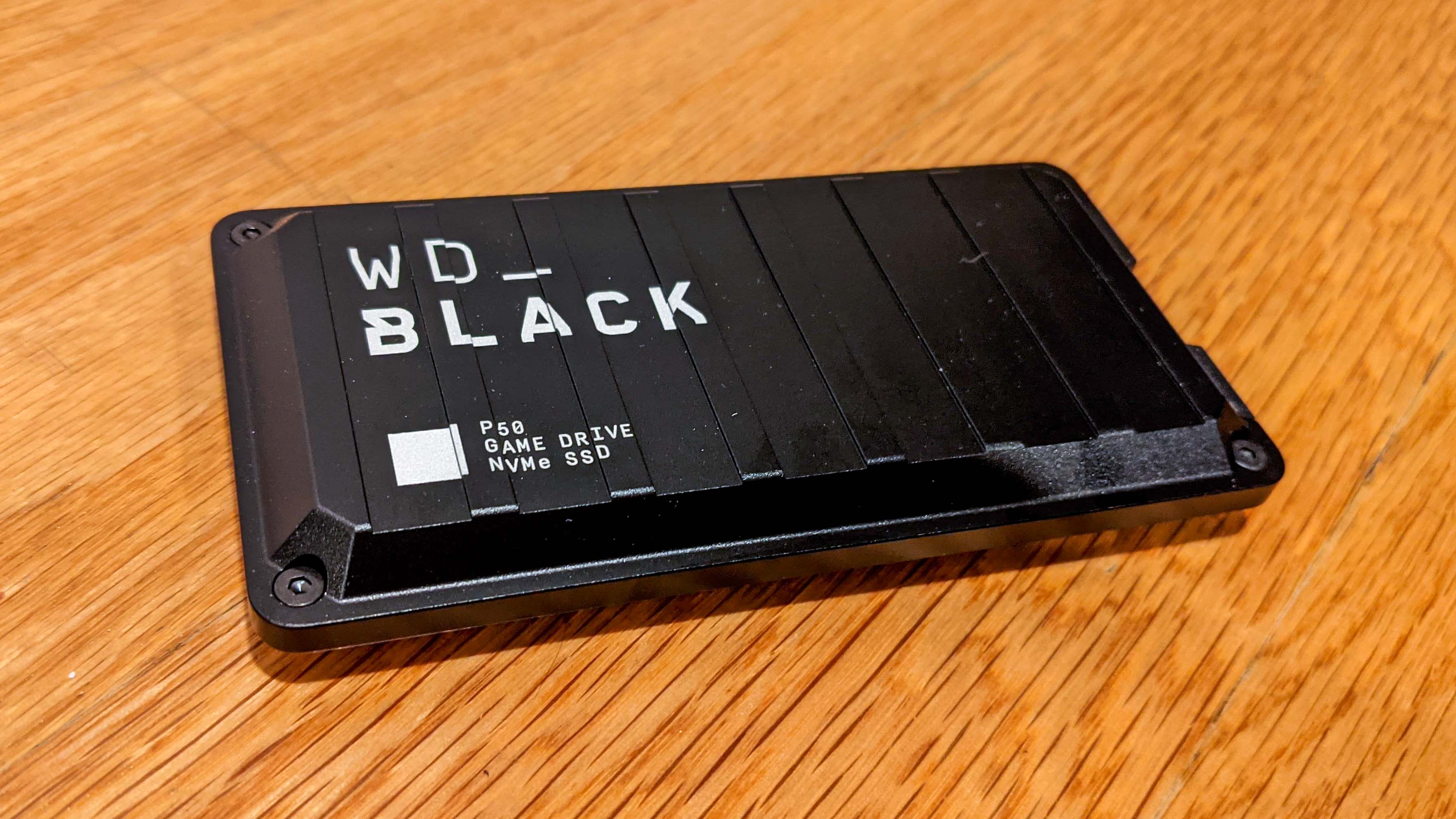
The PS5’s first major console update, released in April, also added a much-needed feature: The ability to store PS5 games on an external hard drive. This has also helped to make the hard drive of the PS5 feel even bigger.
While you, unfortunately, cannot play native PS5 games directly from an external drive (though you can play PS4 games this way), you can use a drive for temporary storage. Transferring a game back on to the internal SSD if you want to actually play it.
Unfortunately, transferring games isn’t instant. It took my PS5 14 minutes and 42 seconds to transfer Marvel’s Avengers (file size 80.52GB) from an external drive to my PS5’s SSD (and 16 mins 34 secs to transfer the other way). However, this process is significantly quicker than having to re-download the full game which even on my reasonably solid internet would still take at least an hour.
Due to the usefulness of this feature, I’ve now got a 2TB drive connected to my PS5 at all times. I use this drive to store PS4 games and next-gen titles that I don’t want to fully delete but aren’t in my rotation of currently being played games.
Make sure to check out our rundown of the best PS5 external hard drives if you're looking to pick one up for your console.
A long term solution is still needed
While the PS5’s compression tech is impressive, and the ability to store games on an external drive is handy, in the long term Sony needs to give players a way to expand the PS5’s core memory.
Games like Call of Duty: Black Ops Cold War (170GB, even without Warzone installed) and NBA 2K21 (122GB) already take up nearly half of the PS5’s SSD combined, and last generation games only get bigger in subsequent years after the PS4/Xbox One launched.
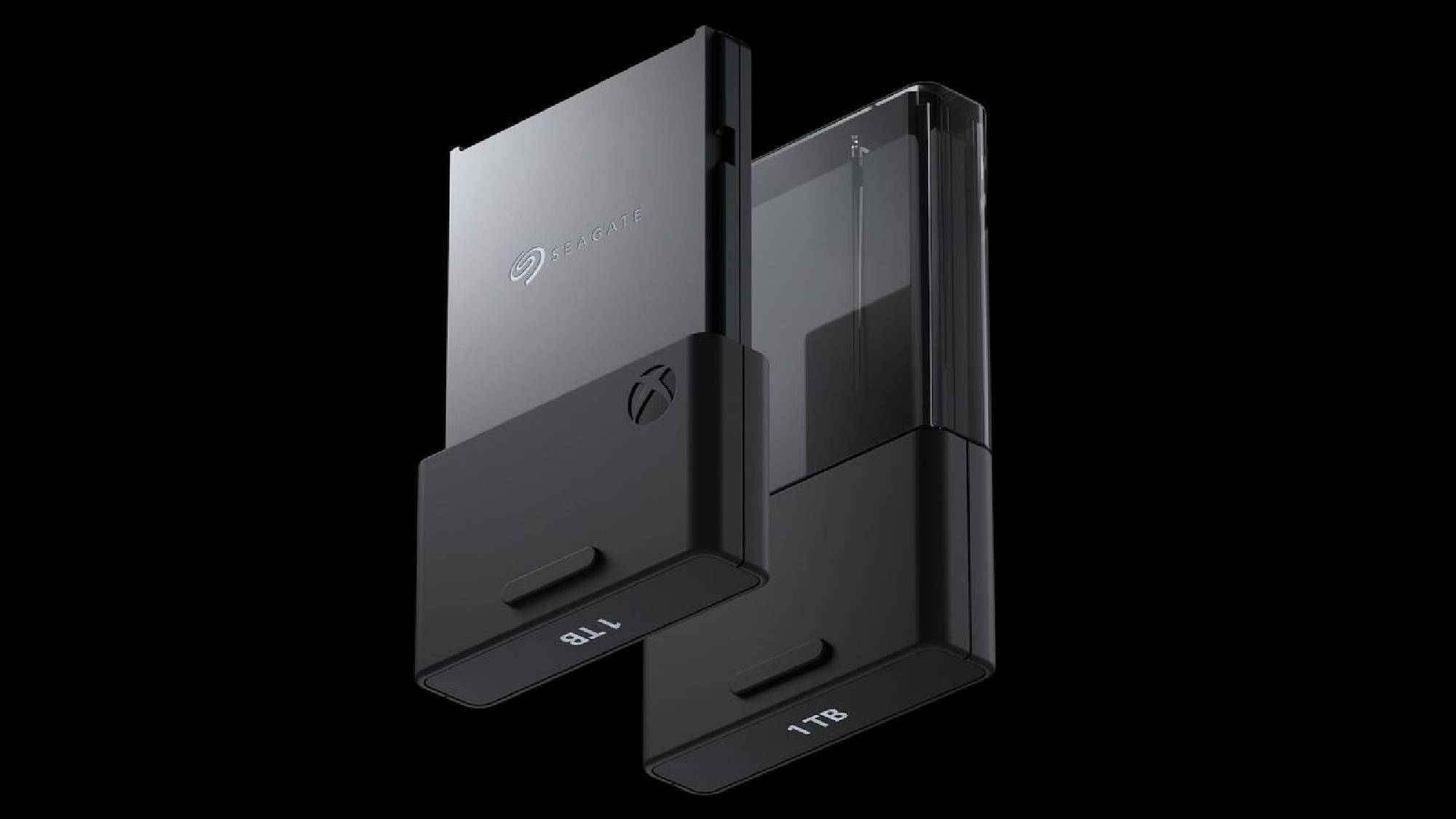
Seagate currently offers an officially licensed 1TB storage expansion card for the Xbox Series X, this doubles the console’s storage. However, it costs an eye-watering $219, which is only $80 less than an entire Xbox Series S.
Sony has claimed that its own licensed additional storage options will be coming in the near future. Although these accessories will probably have an even bigger price tag due to the PS5’s required SSD benchmark, I’ll likely still opt to pick one up — I’ll just not look at the receipt afterward.
While in the future I will undoubtedly want a bigger hard drive in my PS5 as more next-gen games launch and my library of PS5 games grows ever bigger, for now at least I’m shocked and impressed at how far Sony has managed to make 825GB stretch.

Rory is a Senior Entertainment Editor at Tom’s Guide based in the UK. He covers a wide range of topics but with a particular focus on gaming and streaming. When he’s not reviewing the latest games, searching for hidden gems on Netflix, or writing hot takes on new gaming hardware, TV shows and movies, he can be found attending music festivals and getting far too emotionally invested in his favorite football team.
